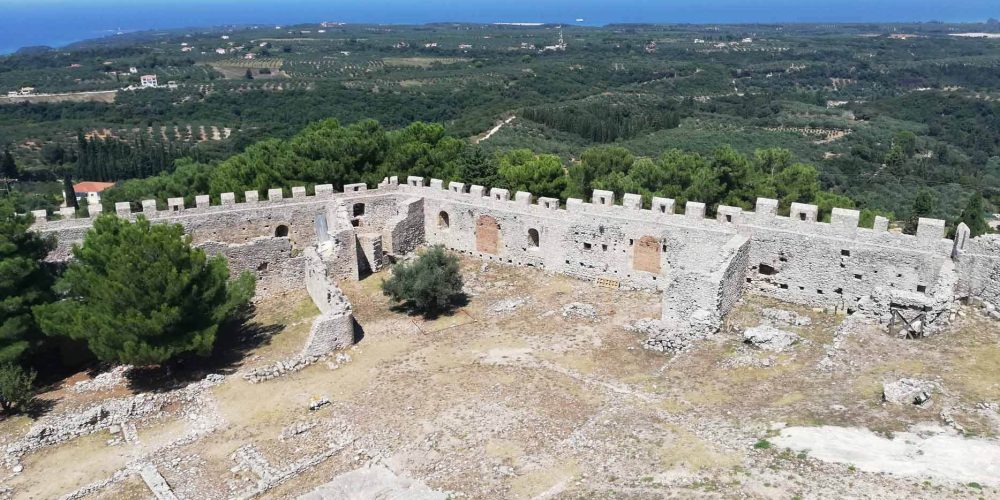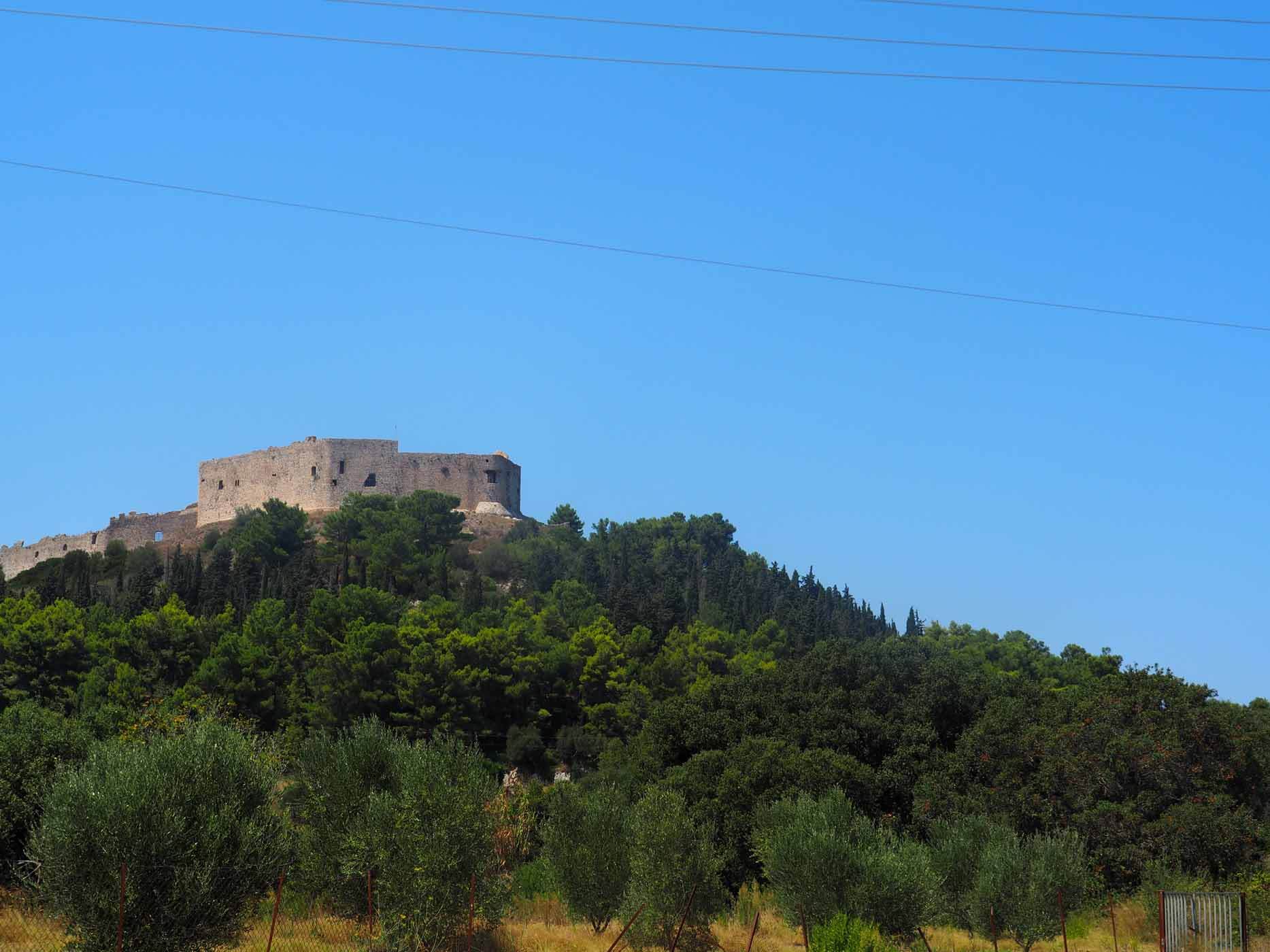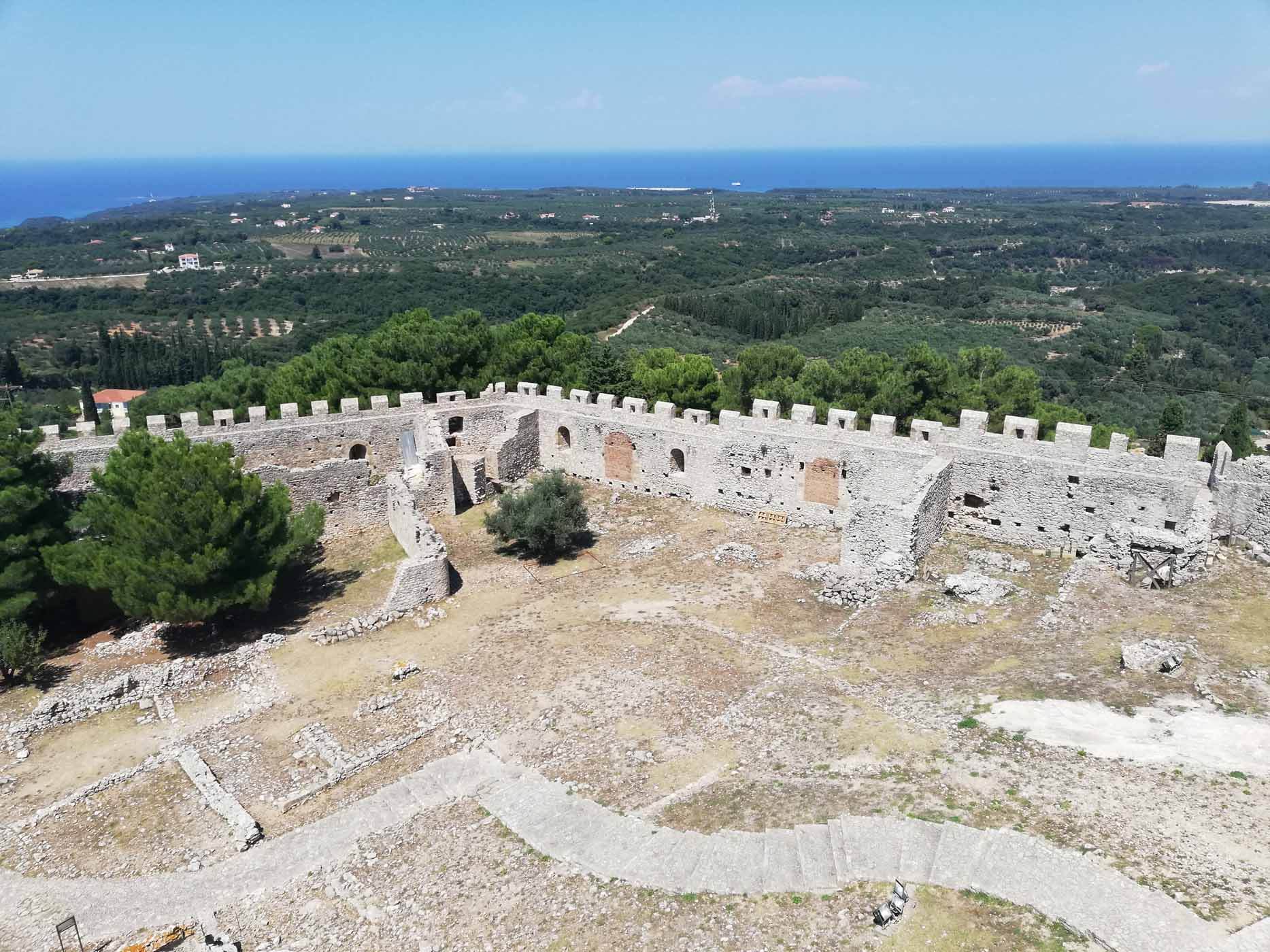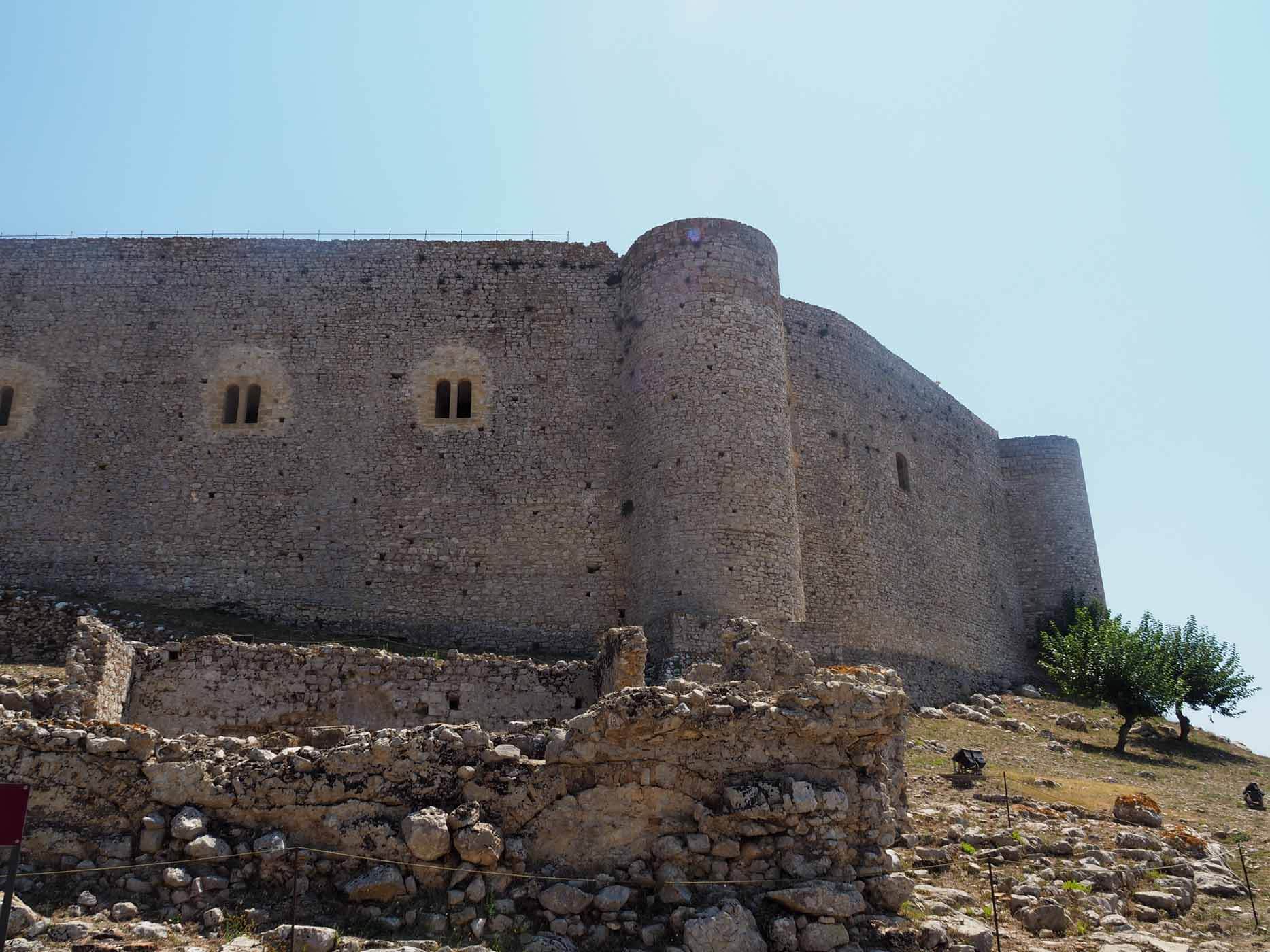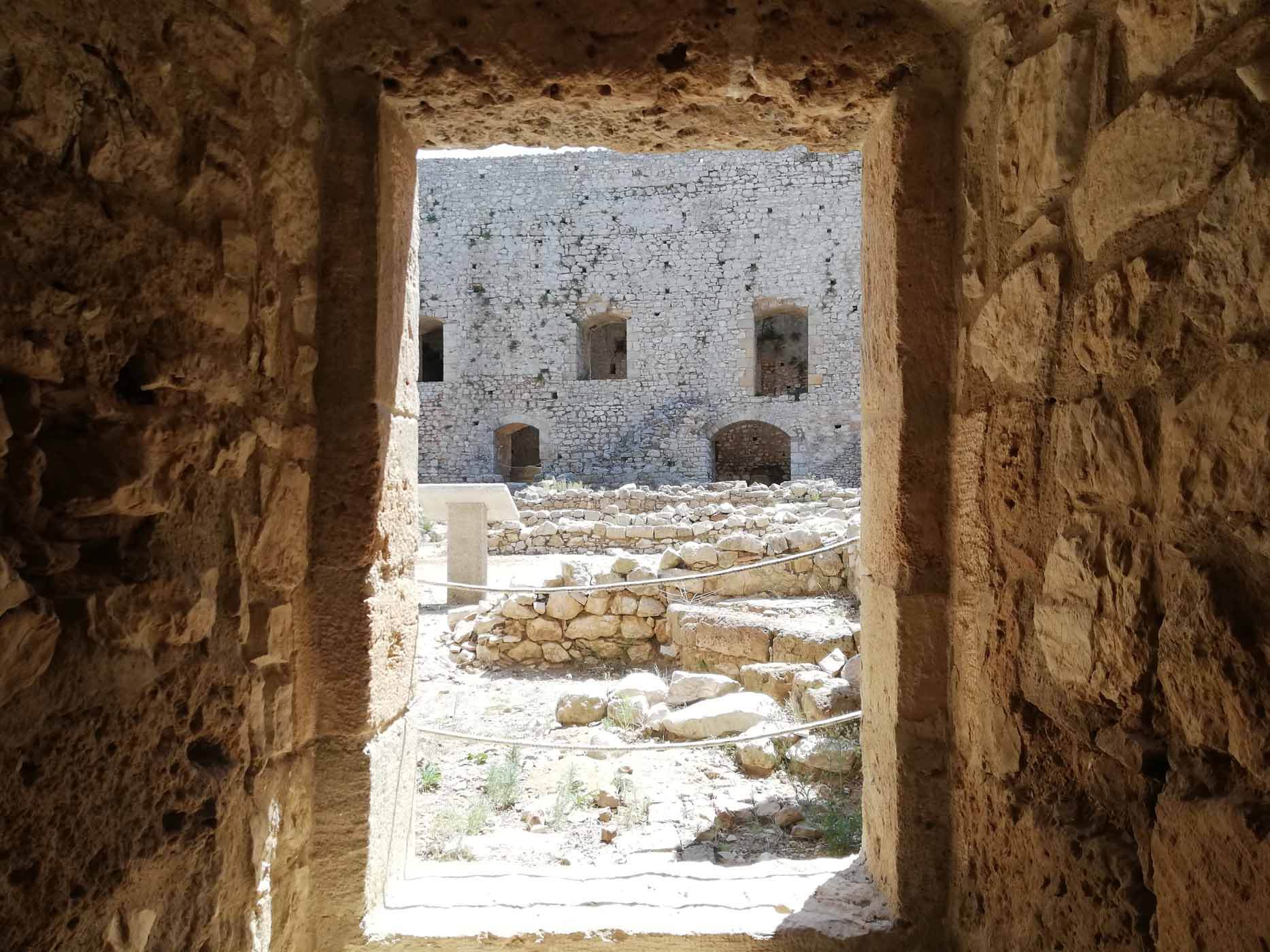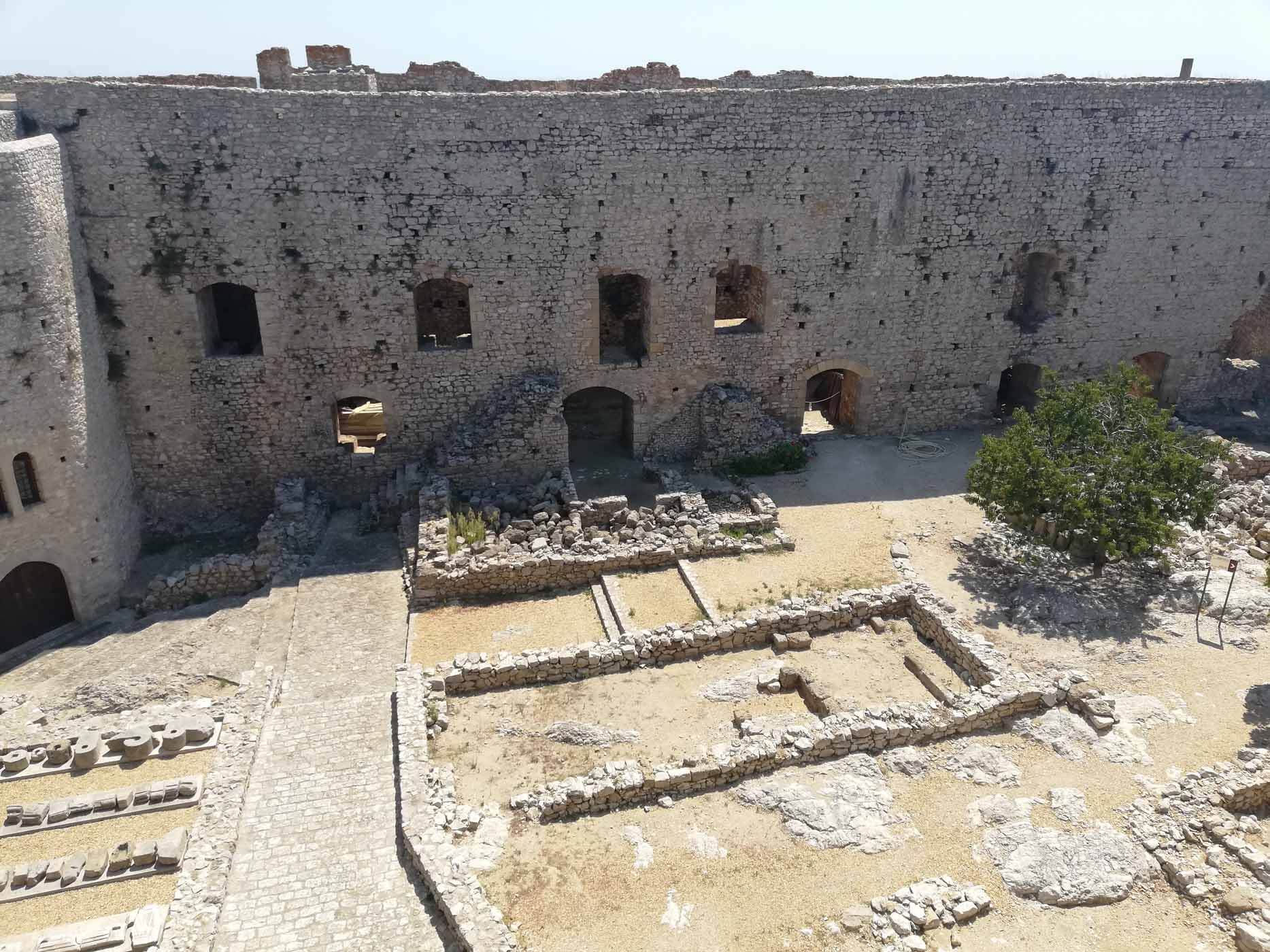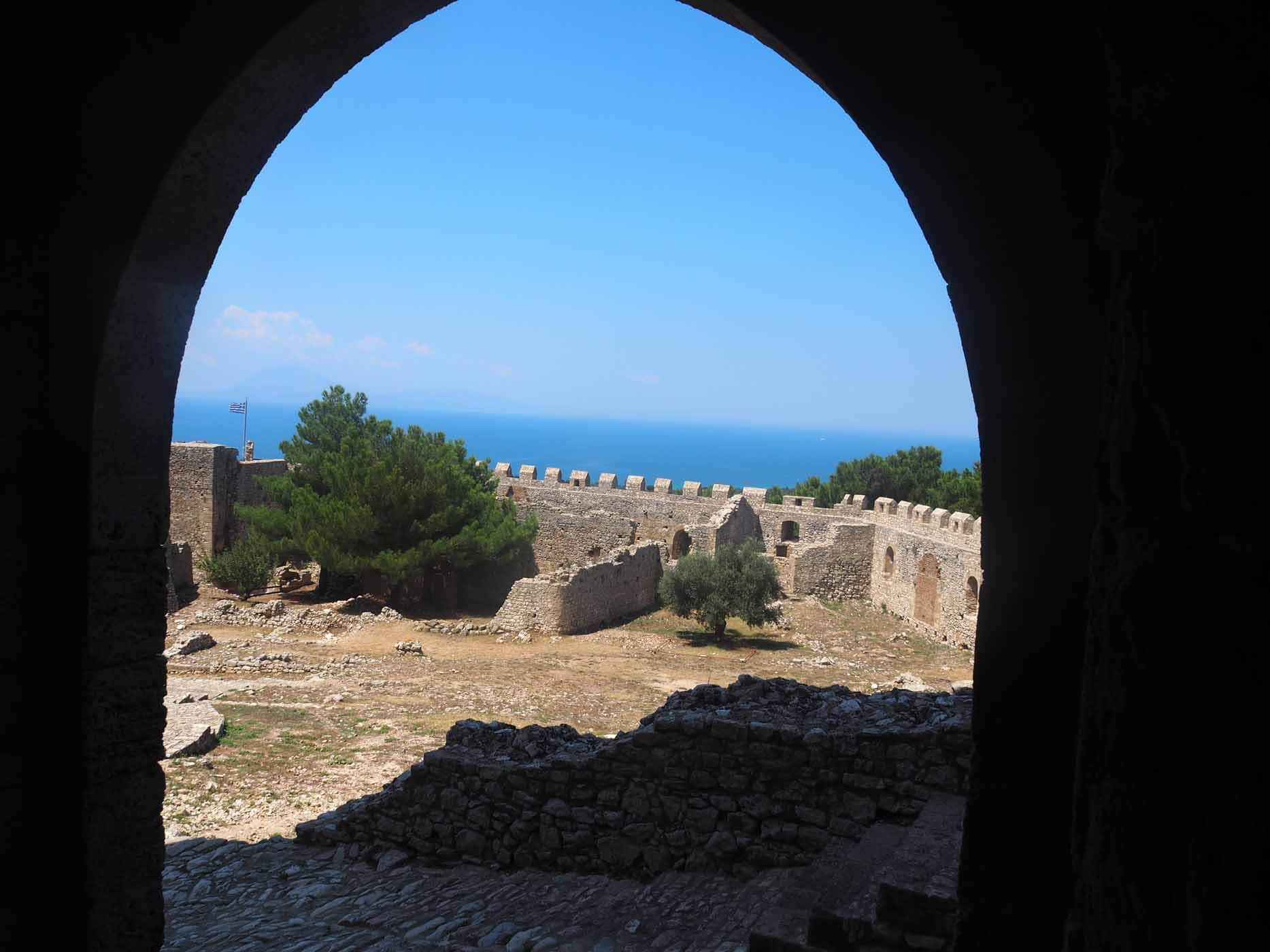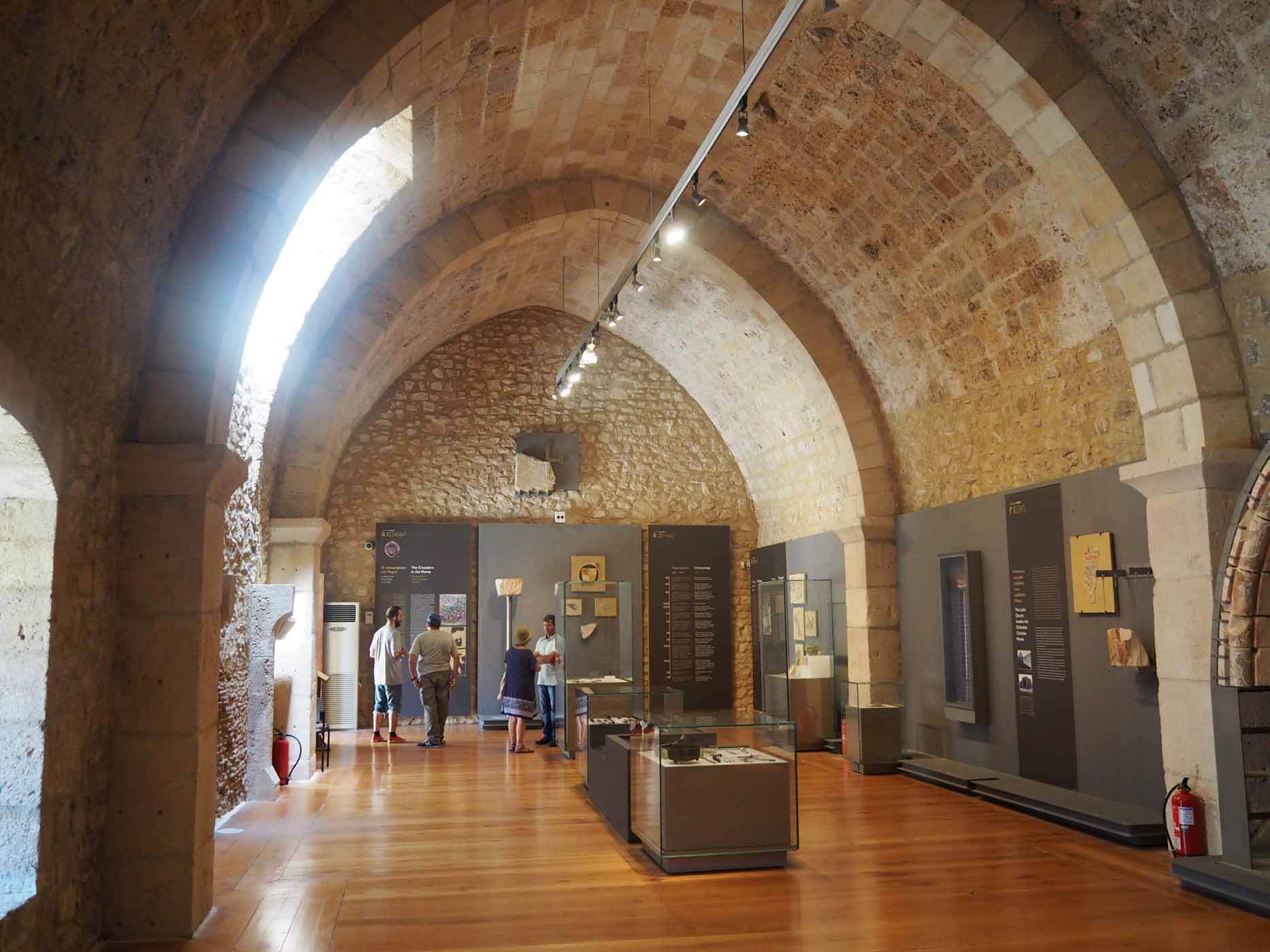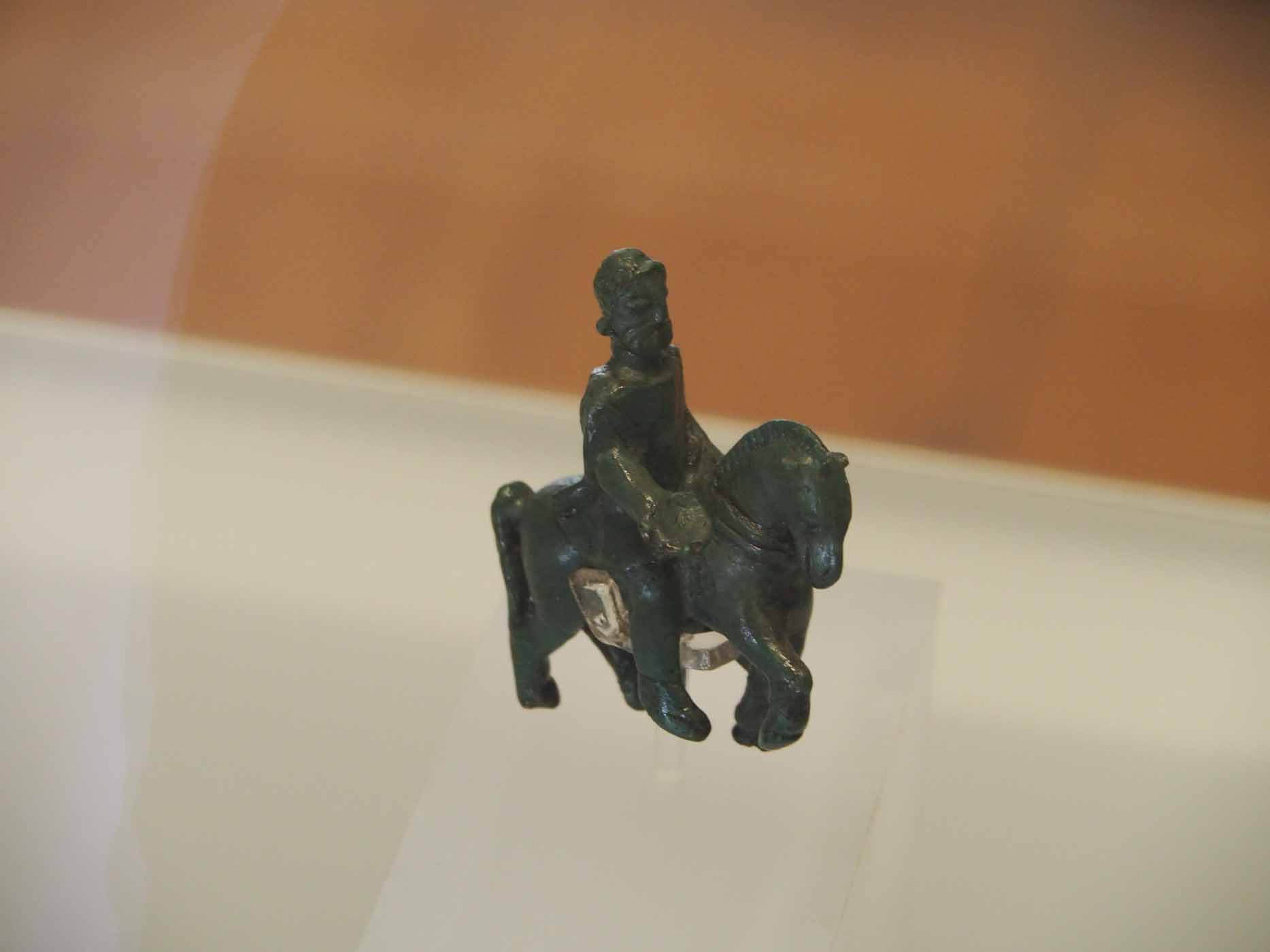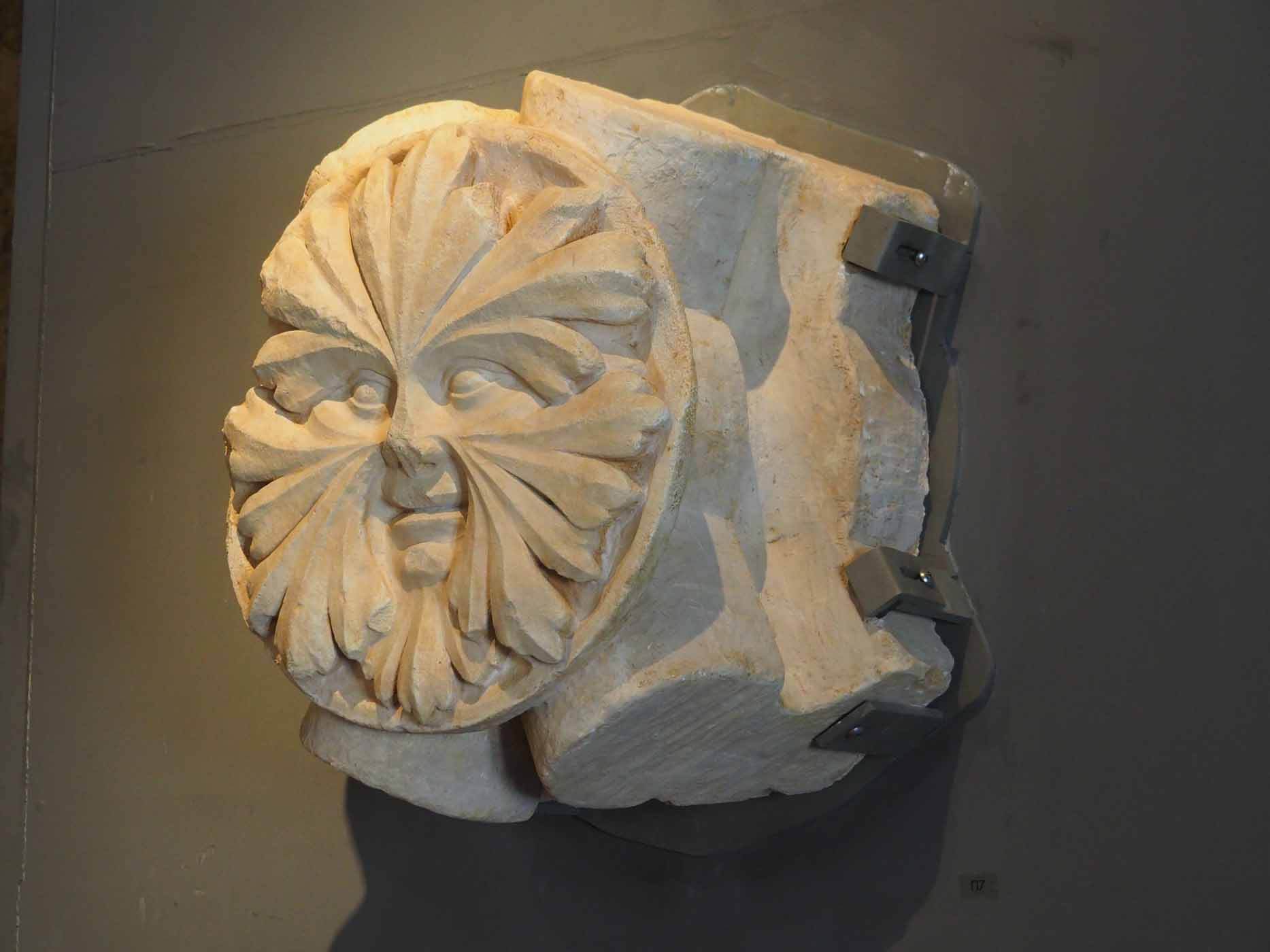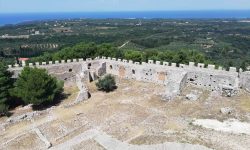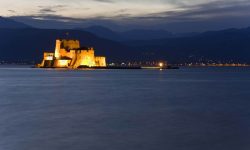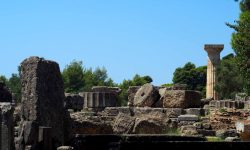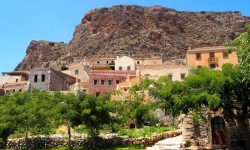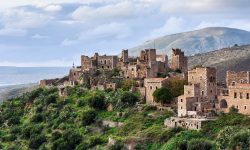One wouldn’t think that they could encounter gothic buildings and castles in a solid Greek territory such as the Peloponnese. In a place of Greek culture’s consistent presence from the glorious ancient times to the Byzantine Empire and the modern Greek State, who would have imagined that for more than two centuries a part of the peninsula had been ruled by Knights and Crusaders? The Principality of Achaia was established by French Knights in the north-western Peloponnese from 1205 to 1432 when it was abolished by the Despot of Morea, Thomas Paleologos.
The Principality of the Franks had Andravida as its capital, Glarentza as its port and Chlemoutsi, an impressive castle, as the Prince’s Palace. The Principality was founded by two knights from the French County of Champagne, William of Champlitte and Geoffrey I of Villehardouin. The French brought with them their own religion, customs, and language, and the ecclesiastical authority passed under the jurisdiction of the Pope, but the local population had the right to exercise its own Orthodox beliefs. During this period Catholic monastic orders of Dominicans, Franciscans, and Cistercians, settled in and founded imposing churches that followed the Gothic architectural tradition.
Chlemoutsi Castle
At the top of Chelonata hill, with a breathtaking view of the Ionian Sea and the plain of Ilia, the Castle of Chlemoutsi is an imposing stronghold that you shouldn’t miss to visit. The original name of the Castle was Château Clermont, while it was also referred as Castel Tornese or Chloumoutzi. The Chlemoutsi Castle was equipped with double fortification. In its interior part was located the palace of the Prince. Today, it’s a museum presenting artifacts from the era of the knights.
Glarentza
For more than 150 years, the Glarentza port was one of the most important economic centers of the Peloponnese. Three gates led to the sea, Andravida and Chlemoutsi. The port used to have a fortification that was destroyed by the Byzantines while they recaptured Glarentza in 1430. Today, next to the modern town of Kyllini, one may only find ruins of the fortification, the bridge and the cathedral of Saint Francis.
Panayia of Vlacherna
Panayia, the Virgin Mary of Vlacherna, is located close to Glarentza, just across the other side of Kyllini. The monastery was built in the 13th century by the Orthodox inhabitants of the Principality so, it was crafted following the Byzantine architecture. Later, when the Catholic monks occupied the church, they made several changes of Gothic character, including arched windows, rain gutters “gargoyles” and a lion in relief. The paintings in the interior illustrate scenes from the life of the Virgin Mary.
Saint Sophia of Andravida
Andravida, the capital of the Principality of Achaia, was a significant town even since before its conquest by the Franks. The town had three churches, Saint Sophia, Saint Stephen, and Saint James. Now, from the whole Medieval settlement, only the remains of Saint Sophia are still there. The church was created in the 13th century by Dominican Catholic monks. It was where the coronations took place, as well as the council of the High Court (la Haute Court). The church was 45 meters long, but today only its sanctuary is preserved. One may recognize easily the Gothic architecture of the church and observe the use of parts of earlier – ancient or Byzantine – buildings.
Paleopanayia of Manolada
In the summer of 1316, Manolada became the field of a battle between Louis of Burgundy, Prince of Achaia, and the Catalan Ferdinand of Majorca. In the field was erected an Orthodox Church, dedicated to the Dormition of Virgin Mary (Panayia). The temple, which can be found in the cemetery of Palea Manolada, was a unexpected “Byzantine” contrast in a state of Franks. In the south chapel of Paleopanayia one can see scenes of the “Last Judgement” and the “Second Coming”.
The medieval Ilia includes several more remains from the Principality of Achaia, which are scattered in the area. Among them one may find the Perigardi Castle (Beauregard), and the Araklovon Castle (Bucelet).
Booking.comIf you are planning to explore the history of the Principality of Achaia during your tour in Peloponnese, you should definitely need to check the “Medieval Tales in the Principality of Achaia” – an edition of the Hellenic Ministry of Culture, from which the main part of information of the current post was depicted.



